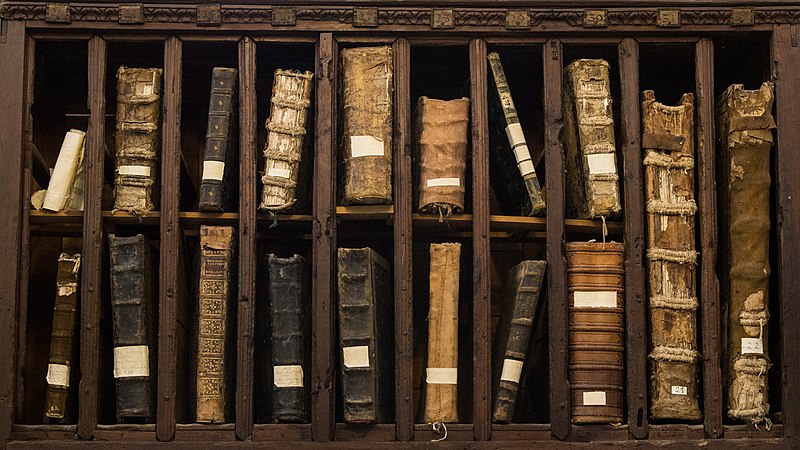Editor's Preface
For centuries, these manuscripts were assumed to be permanently lost. Most scholars agree that it had been published in some sense (likely incomplete) over many periods, and was added to along the way. If it was formally published, even the records of it having gone out of print have long since vanished, with little trace of information regarding its publisher. Despite the lack of extant writings, The Historian has been the most well-known and influential historian for the last thousand years or more—the most important writer no one has ever read.
Until now.
Everything changed with Benedicto Vox's discovery of previously unknown manuscripts in 4476. These manuscripts contained the writings of several theologians and mystics, such as Lina the Pilgrim and St. S., The Anchorite of Eridan.
It is a privilege to translate and revise the previous edition of this work, which was conducted primarily by Dr. Gordon P. Bextrum, a scholar of the Eridani Monastic Order. We believe that this text is more important now than ever before.
A Final Ecclesiastical History begins with an overview of the late third millennium (29th and 30th centuries) and early fourth millennium (31st to 33rd centuries), which culminated in the Interplanetary Ecumenical Council (IEC), held in 3298, to affirm the universality of the church beyond the borders of Earth as well as the inclusion and proper use of SCRIBES.[2]
[2] Synthetic Clerical Record and Information Broadcast Entities↩

